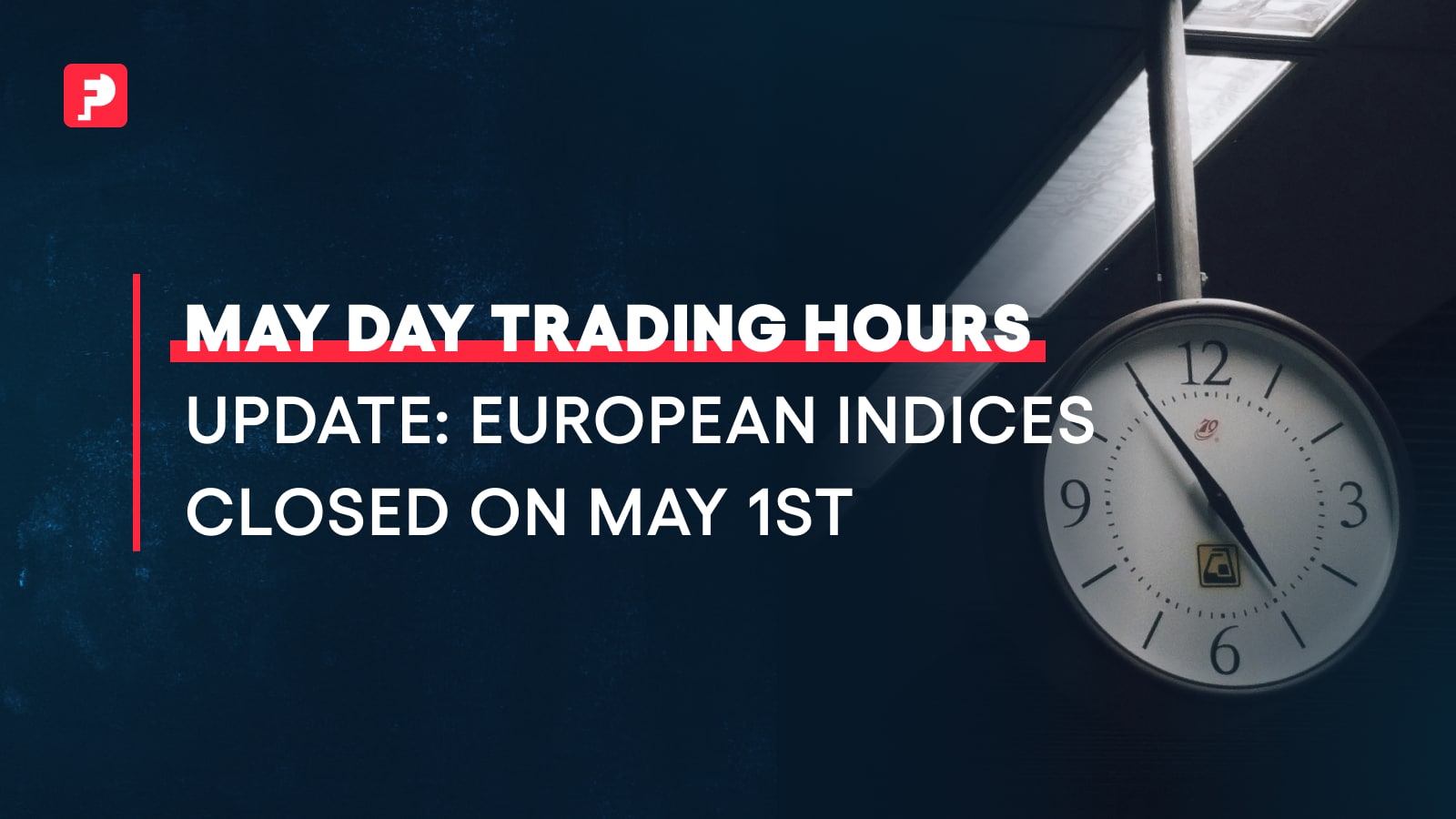
May Day Trading Hours Update: European Indices Closed on May 1
Below is an overview of the May 1st trading hours change, why it matters, and practical tips to help you navigate the holiday smoothly.
European exchanges observe International Workers’ Day—commonly known as May Day—on Thursday, May 1, 2025, by closing key equity indices. Specifically, the Europe Stoxx 50 (EUSTX50), France’s CAC 40 (FRA40), Germany’s DAX 40 (DAX), and Spain’s IBEX 35 (ESP35) will not trade that day. All other markets—foreign exchange pairs, commodities, U.S. indices, metals, energies, and cryptocurrency—will operate on their normal schedules.
Why May 1st Matters
May 1st is a public holiday in many European countries celebrating the labor movement and workers’ rights. Exchanges like Euronext (covering Amsterdam, Brussels, Dublin, Lisbon, Milan, Oslo, and Paris) and Eurex (the major derivatives marketplace) formally suspend trading and clearing activities on this date. Even global platforms such as Cboe’s European equities markets observe the holiday, underscoring its pan-European recognition.
Which Markets Are Closed
- Europe Stoxx 50 (EUSTX50): No trading or matching on May 1.
- CAC 40 (FRA40): Cash and derivatives markets remain closed.
- DAX 40 (DAX): Eurex derivatives cease trading and clearing activities.
- IBEX 35 (ESP35): Closed on Madrid’s Bolsa as part of the regional observance.
All other asset classes—including Forex pairs, Crude Oil and Natural Gas, Metals (Gold, Silver), U.S. Indices (S&P 500, Nasdaq, etc), and Crypto—remain fully accessible, offering uninterrupted trading opportunities.
Impact and Strategic Adjustments
1. Review and Manage Open Positions
Before the holiday begins, audit any open positions in the closed indices. With no liquidity on May 1, any overnight news could create gaps when markets reopen. If you’re short or long EUSTX50, FRA40, DAX, or ESP35, consider partial profit-taking or hedging via correlated instruments (e.g., S&P 500 futures).
2. Avoid Inactive Order Zones
Cancel or adjust limit and stop orders tied to the closed indices to prevent unintended executions or stale order accumulation. Orders left resting in closed markets risk executing at unfavorable prices when trading resumes.
3. Shift Focus to Open Markets
With European equities offline, liquidity and volatility may flow into FX, Commodities, and U.S. Indices. You can:
- Trade major currency pairs during Asian and U.S. sessions.
- Exploit commodity catalysts (inventory data, OPEC news).
- Capitalize on U.S. economic releases and corporate earnings.
4. Monitor Spreads and Slippage
Holiday-thinned liquidity can widen bid-ask spreads and increase slippage even in “open” markets. Always check real-time quotes and consider reducing position sizes to control transaction costs.
Best Practices for Holiday Trading
- Use Tight Risk Controls: Apply stricter stop-loss levels to account for thinner holiday liquidity.
- Plan Around Data Releases: Although European data may pause, U.S. and Asian economic calendars remain active—be ready for surprises.
- Leverage Alternative Hedging: Consider short-dated FX options or commodity spreads to manage overnight gap risk.
- Stay Informed: Follow live news feeds for holiday-specific updates and platform maintenance notices.
Navigating holiday closures requires proactive planning. By reviewing positions, canceling inactive orders, and shifting focus to markets that remain open, you can maintain control over your exposures and take advantage of the unique opportunities that May 1st brings. If you have any questions or need assistance adjusting your setup, our Support Team is ready to help.



